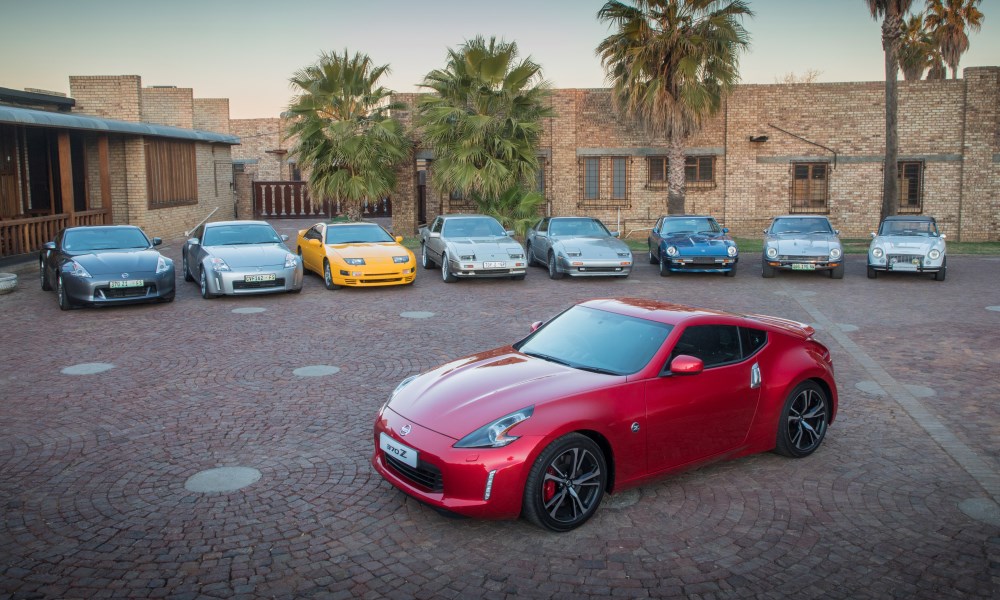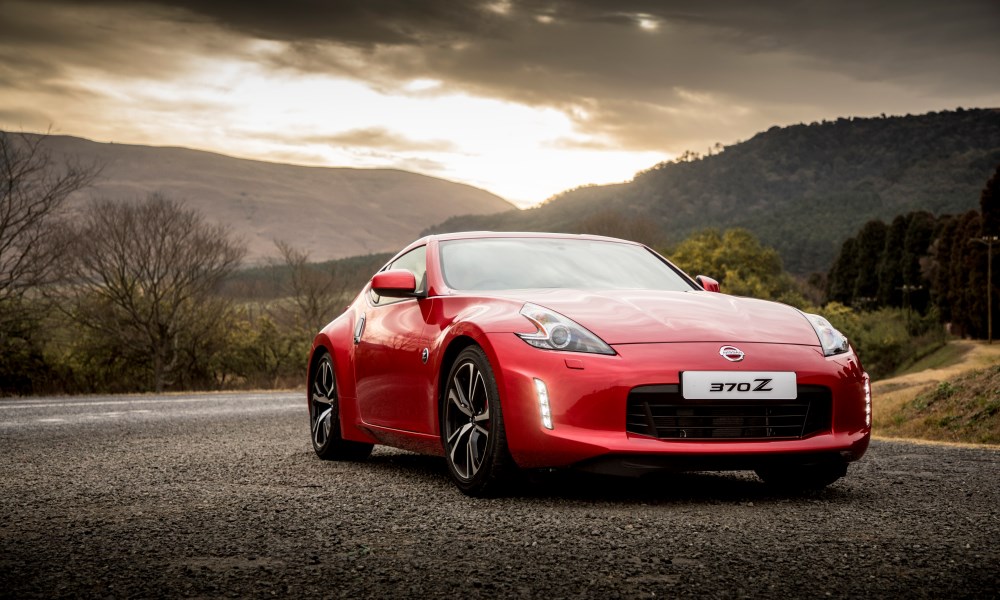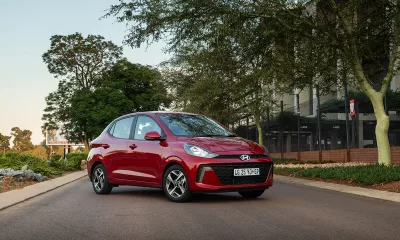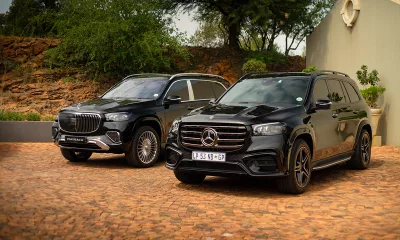JOHANNESBURG – The Nissan 370Z is nearly 10 years old and we’re unlikely to see a replacement any time soon. Still, Nissan recently gave its rear-wheel-drive two-seater sportscar a mild update, which includes revisions to the head- and tail-lamps and a new set of 19-inch RAYS Engineering alloy wheels.
The most important addition, however, is the Exedy semi-racing clutch (with rev-matching technology) that the manual model gains. We took a blast through the tight corners of Red Star Raceway to see if these slight revisions make a difference to the oldest sportscar on the market today.
Let’s recap
Before we get into the driving nitty-gritty, we need to touch on the Nissan’s visual presence. Unfortunately, considering that this car was first launched back in 2009, the 370Z is showing its age, both inside and out. Although it’s still a striking design – with an eye-catching, muscular stance – those new lamp and wheel designs don’t do much to bring it up to date.
It’s the same story inside. The colour scheme is dark and pretty bland and there’s a fairly abundant use of hard plastics, dated switches and what is essentially an analogue layout. Still, because it hasn’t changed, the cabin remains very driver focused thanks to the leather bucket seats and chunky steering wheel.
Also unaltered is the naturally aspirated 3,7-litre VQ37VHR V6 with variable valve timing and lift technology lurking beneath the bonnet. This six-cylinder sends 245 kW and 363 N.m of torque to the rear wheels through a six-speed manual gearbox and a rear LS differential. But, seeing as we were sampling the 370Z at high altitude, we were theoretically working with less power than that.
Behind the wheel
Although it was quite evident that the 370Z struggled in terms of power on the track, the technical layout of Red Star Raceway – a circuit designed for motorcycles – meant that the power-sapping altitude didn’t detract too much from the experience.
Sure, the 370Z struggled to reach the 7 000 r/min redline in fourth gear down the two long straights, but in the corners the throttle response and hydraulic power steering system served up an entertaining and engaging experience.
At 1 461 kg, the 370Z manages its distribution of weight rather well, requiring plenty of pushing before it breaks composure through the bends (the wide 275/35 R19 rear Bridgestone Potenzas certainly help here, too). It’s also worth noting that the 370Z boasts a pretty composed ride quality, even if we didn’t get to drive this latest version on public roads.
So, back to that semi-racing Exedy clutch. One would assume that the use of this new clutch would make the updated model a little trickier to operate, but that isn’t the case. Clutch control in this vehicle takes very little time to master and you quickly get used to the pedal’s short travel. The experience of shifting through the gears is also much more mechanical and goads you to drive it harder. Flat-shifting, however, is a no-go.
A handy addition is the automatic downshift rev-matching feature that is likely to be more accurate than the average driver’s conventional heel-toe downshift. This clutch, together with the 370Z’s standard LSD, makes it a pretty handy track day car, particularly on a tight, technical circuit such as this one.
The verdict
Despite what you may first think, the biggest issue with the 370Z is not its R661 900 price-tag. Considering its power output and the generous standard specification – which includes heated seats, park distance control with a rear facing camera and a 10-speaker Bose sound system – it actually sounds like fair value. Indeed, there are few cars at this price point that offer this kind of power.
The issue with the 370Z is its age. A nine-year life-cycle (which is predicted to continue for quite some time) is simply too long by modern standards and the 370Z’s less than a handful of local sales this year is testament to that fact.
Still, there’s something to be said for the fact that the 370Z is the last of its kind here in South Africa: a naturally aspirated, big engined, manual, rear-wheel-drive coupé. But that nostalgia is unlikely to be enough to win hearts and sales.
If you must have an 370Z, however, make sure it’s the manual. This offers a far more engaging driving experience than the automatic, and makes the most of the free-breathing, high-revving engine.








